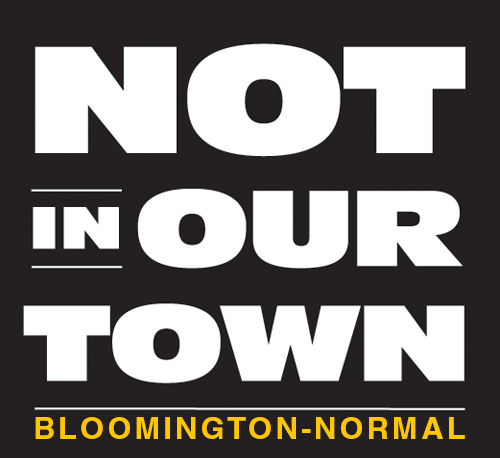Mike Matejka
WJBC Forum
This election people talk about a divided America. That point came home to me when candidate Trump said that inner-city Americans were “living in hell.” I scoffed at the notion at first, but then quickly realized, many Americans, especially white Americans, would agree.
I did not grow up in Bloomington-Normal. I grew up in St Louis and then Cahokia, Illinois, immediately south of East St. Louis. My dad drove a bus in East St. Louis and we were in and out of that city constantly. On school holidays my mother would send me off to ride the bus with Dad for the day. I went to high school in Belleville, Illinois. I was shocked when I heard teachers there say, “I never drive through East St. Louis without my windows up and the doors locked.” I was totally mystified. What were they afraid of?
Today, I occasionally get a cautious question about Chicago. People ask if it’s really safe to go to the city. Of course it is.
Even more shocking, I’ve heard local citizens here say, “I never drive through the west side of Bloomington without my windows up and my doors locked.” Or, “I have never been to the west side.” Currently, I don’t live on the west side, but for almost 40 years I did. I found wonderful neighborhoods with great people, affordable housing where a family could buy a home and live comfortably.
Now I don’t downplay that there are some urban districts that are dangerous. But to say that people living in those areas are “living in hell” is to label people. If inner-city America is truly “hell,” than that means that people aren’t smart enough to get out, must enjoy, or are denied a means of exit.
We often forget that in challenged neighborhoods are caring parents, people trying to make a living, human beings attempting to make the best they can with what they have. To describe “people living in hell” is to succumb to stereotype. Yes, we need to improve educational and employment opportunities for low-income areas. Yes, we need to stop the prison pipeline that throws too many young people in jail and then brands them for life. In all of this, let’s remember that the majority of us – no matter our race, color or creed – are good intentioned people. Part of this is overcoming our fears of the other we don’t know. Instead of living in fear or labeling whole communities, some human understanding and looking beyond the stereotype can benefit us all.
